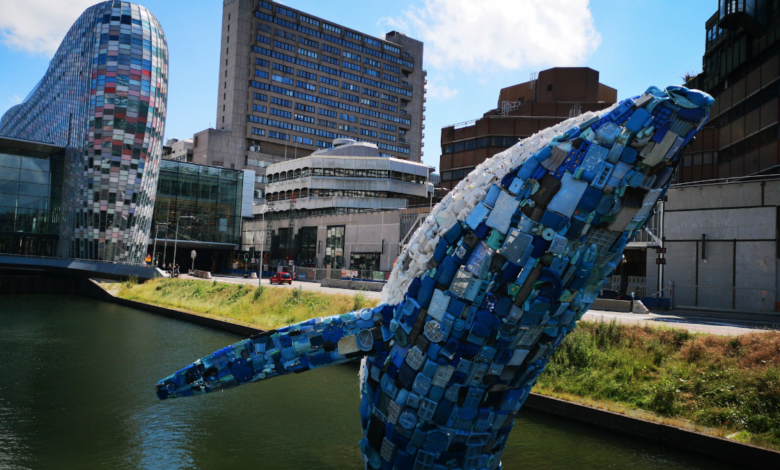There is an unprecedented amount of plastic pollution in the oceans

China, India and Brazil, but also the US and the UK, are among the biggest plastic makers in the oceans
How much plastic is there in the ocean? This is the question from which the Berlin startup CleanHub, published an analysis on the subject. The dossier reveals alarming levels of plastic pollution in the oceans and highlights the serious consequences of inadequate waste management.
CleanHub’s analysis identifies China, India and Brazil as the countries that handle plastic waste worst due to poor infrastructure and overflowing landfills. China, the USA and India are also the largest producers of plastic waste. Despite global efforts to reduce disposable plastics, such as bags and straws, these objects remain important sources of ocean pollution. In particular, plastic bags and their fragments were ingested by 56% of marine life. Plastic straws are also widespread, with about 8.3 billion units found on coasts around the world. Today they represent 40% of the plastic objects found.
read also Next 5 September falls on Plastic Overshoot Day 2024
The scale of the problem
The report also highlights the disconcerting presence of plastic bottles. In the UK, the second largest producer of plastic waste per capita (99 kg per year), there are 100 per kilometer of beach.
The fishing industry also contributes 10% of ocean waste through abandoned fishing gear. Nets, traps and lines lost at sea become a source of pollution. A contamination of kilometers, which traps marine life and poses a threat to species such as sperm whales.
Every year, 14 million tons of plastic enter the oceans, with 80% coming from Asian countries. Most of it is imported. The seabed holds up to 11 million tons of plastic waste, with 10,000 times more microplastics than the surface. By weight, it is estimated that there are 14 million tons of microplastics on the ocean floor. In absolute numbers, those on the surface would be 358 trillion.
How to get out?
CleanHub argues that products must be designed with their end of life in mind. It also calls for the development of better waste management infrastructure. The report warns that ocean pollution will continue to grow without these solutions. With plastic production expected to increase by 10% in the next decade and disposable plastics expected to grow by 17 million tons by 2027, the urgency of action is clear. Otherwise, by 2050 there could be more plastic than fish in the oceans in terms of weight.





